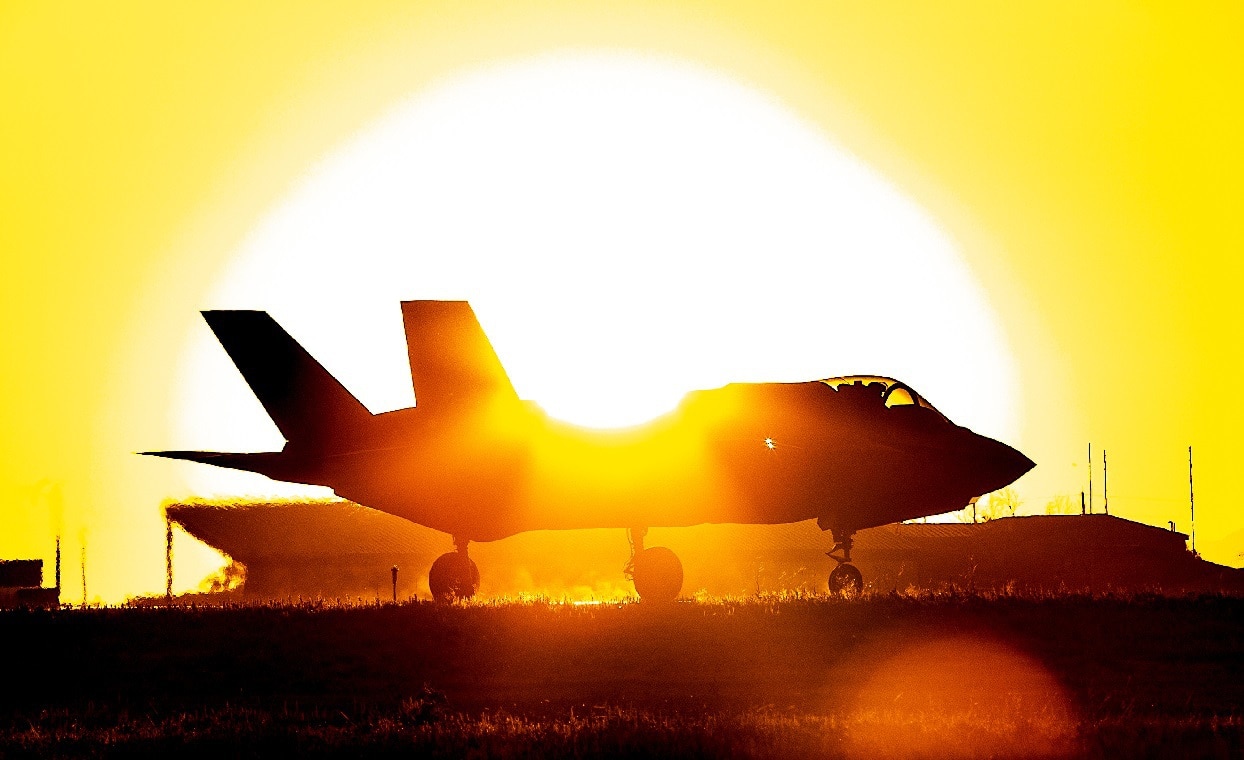Inflation is affecting the U.S. military, too. Indeed, the defense budget that the Senate Armed Services Committee approved on July 18 calls for $45 billion more than what the Biden administration requested. The final tally clocks in at an eye-watering $847 billion.
Called the National Defense Authorization Act, or NDAA, the annual bill will go to the full Senate for a vote and then be reconciled with the House version of the measure that approved slightly less funding, $839 billion. The Senate Armed Services Committee completed the bill’s markup in June, and it included 223 amendments.
Great Power Budgets
Committee Chairman Jack Reed of Rhode Island lauded the NDAA as being designed to address the potential for a two-front war in Europe and Asia.
Reed said that China and the war in Ukraine are key drivers of the legislation. “From China’s emergence as our most consequential strategic competitor to Russia’s assault on Ukraine, the challenges before us are momentous,” he said. “With broad, bipartisan support this year’s NDAA increases funding for our national defense, invests in the platforms and infrastructure our military needs, and delivers critical resources for our allies and partners around the globe.”
The Ukraine Security Assistance Initiative is slated to receive $800 million. For East Asia, the Senate version of the NDAA extends and approves $1.1 billion for the Pacific Deterrence Initiative meant to counter China’s designs on the region.
The Pentagon will have $158 billion in procurement to fund various military hardware programs. The Department of Defense had earlier asked for $144.2 billion.
The NDAA authorizes funding for an additional seven F-35A aircraft. It prohibits the retirement of the F-22 Block 20 fighters. It requires retention of the EA-18G Growler electronic warfare airplane. The bill “supports the Army’s focus on priority modernization efforts, to include long-range fires, future vertical lift, next-generation combat vehicles, and air and missile defense,” according to a Senate fact sheet.
The Senate’s version of the NDAA also supports ample procurement for the U.S. Navy. It authorizes procurement of up to 15 Arleigh Burke-class destroyers, 10 ship-to-shore connectors, eight Lewis-class oilers, and CH-53K helicopters. It also authorizes two Virginia-class submarines, one Constellation-class frigate, and one San Antonio-class amphibious ship.
Guns and Butter
With this budget blueprint, the total cost for defense rises closer to $1 trillion. Can the United States keep spending more on defense while also maintaining social spending on entitlement programs such as the Temporary Assistance to Needy Families, the Supplemental Nutrition Assistance Program, Social Security, Medicare, and Medicaid?
The defense allocations seem high, yet the United States still spent no more than 3.7% of its gross domestic product on its military in 2020. Compare that to its highest level: The 9.4% of GDP it spent on defense in 1967. At that time, the Vietnam War raged, and the Cold War was in full swing.
The United States today faces at least the potential of another two-war scenario with a revanchist Russia and China. Hopefully no shooting war arises against these great powers, but the U.S. National Defense Strategy takes the threat seriously. This strategy is supposed to undergird defense spending, and it has identified threats not only from Russia and China, but also from Iran, North Korea, and extremist terrorism in the Middle East and Africa.
Unlike the defense build-up driven by President Ronald Reagan in the 1980s, military spending today is guided more by Congress. This often reflects parochial interests, such as economic development and employment concerns linked to acquisition programs. The Pentagon usually struggles to decrease spending on military hardware and to retire weapons without an uproar in Congress. This probably explains the boost to procurement spending in the new NDAA.
If inflation continues to rise while Russia fights Ukraine and China flexes its muscles, we could see the advent of $1 trillion defense budgets. This could boost members of Congress who are dovish on defense, such as progressive Democrats, and libertarian Republicans who wish to keep the United States out of foreign entanglements. There is little public outcry against heightened defense spending yet, but that could change if members of Congress who want to spend more on Butter than Guns see an opportunity.
Now serving as 1945’s Defense and National Security Editor, Brent M. Eastwood, PhD, is the author of Humans, Machines, and Data: Future Trends in Warfare. He is an Emerging Threats expert and former U.S. Army Infantry officer. You can follow him on Twitter @BMEastwood.

